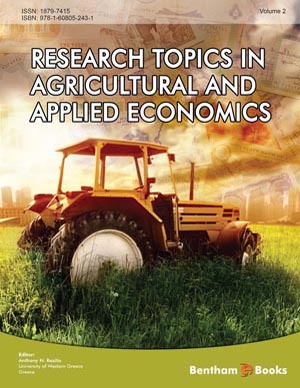Abstract
International agricultural markets have experienced important price fluctuations recently, with prices spiking in 2007-2008 and then declining sharply in 2008. While domestic prices generally followed these increases, there is concern that they remained at high levels despite decreases in international prices. This issue of asymmetry between downward and upward price transmission has been widely discussed in economic literature, and some authors have argued that such asymmetry is the rule rather than the exception. With its sustained price increase followed by a large decrease, the food price spike provides an ideal case to test this hypothesis. We assess this question empirically by investigating a sample of small wheat importing countries. We use time series models which allow for asymmetries - namely regime switching cointegration techniques - to examine whether the international price spike and its subsequent decline have been transmitted to domestic markets to the same extent. Out of the four countries we investigate, we find a clear case of a downward asymmetry, a clear case of upward asymmetry, the remaining two countries yield less definitive results.
Keywords: Asymmetric price transmission, agricultural price spike, nonlinear cointegration, regime switching models.






















